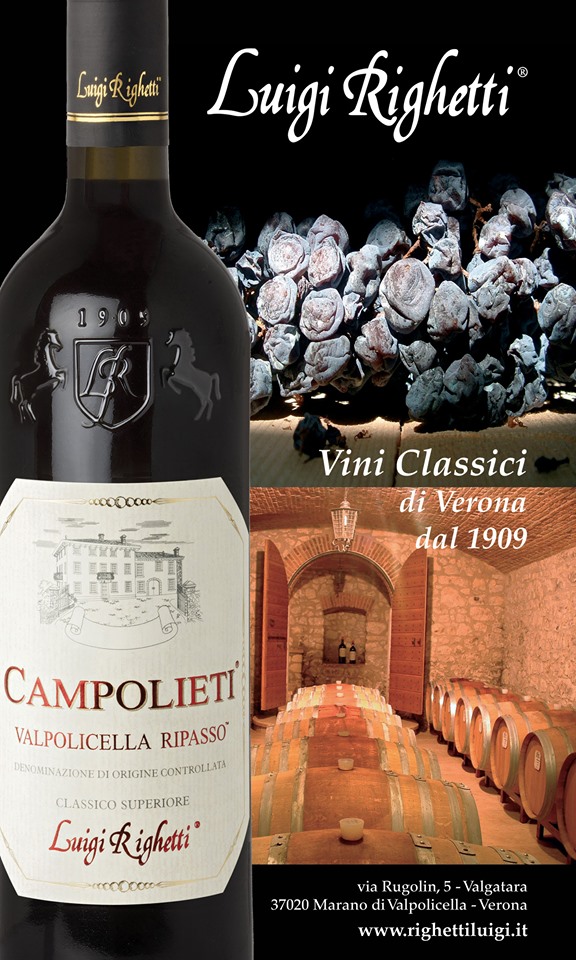WINE


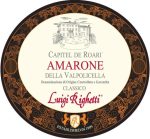

Winemaking, one of the world’s oldest and most diverse alcoholic beverage creations, involves fermenting grape juice, a natural sugar and yeast concoction. Various factors, including grape variety, climate, soil, winemaking process, and aging method, influence the type and quality of wine produced.
Wine’s history traces back to ancient times, when individuals in different regions discovered the grape’s potential for alcohol production. Evidence of winemaking has been found in Georgia, Iran, Greece, Armenia, and China, dating from 6000 to 4000 BC. Wine was an integral part of the culture and religion of various civilizations, including the Egyptians, Greeks, Romans, Jews, and Christians.
European winemaking evolved with the expansion of the Roman Empire, which spread knowledge and practice of viticulture and viniculture across the continent. The decline of wine production followed the fall of the Roman Empire but was revived by monasteries and nobility during the Middle Ages. The Renaissance and Age of Exploration brought groundbreaking innovations and discoveries to the wine industry, including the use of barrels, corks, bottles, and glassware.
France and Italy stand out as the world’s most renowned and influential wine-producing countries. They boast a rich tradition of wine culture and a wide range of wine regions and styles. Each region possesses its own terroir, a combination of natural factors affecting wine character and quality, such as climate, soil, topography, and grape variety.
France boasts renowned wine regions like:
- Bordeaux: Producing red wines from Cabernet Sauvignon, Merlot, and other grapes, and white wines from Sauvignon Blanc, Semillon, and Muscadelle. Bordeaux wines are renowned for their elegance, complexity, and aging potential. Notable appellations include Médoc, Saint-Émilion, Pomerol, Graves, and Sauternes.
- Burgundy: Renowned for red wines from Pinot Noir and white wines from Chardonnay. Burgundy wines are known for their terroir expression, finesse, and diversity. Notable appellations include Côte de Nuits, Côte de Beaune, Côte Chalonnaise, Mâconnais, and Chablis.
- Champagne: Producing sparkling wines from Pinot Noir, Chardonnay, and Pinot Meunier. Champagne wines are renowned for their freshness, elegance, and effervescence. Notable producers include Moët & Chandon, Veuve Clicquot, Dom Pérignon, and Krug.
- Loire Valley: Renowned for white wines from Chenin Blanc, Sauvignon Blanc, and Melon de Bourgogne, and red wines from Cabernet Franc, Pinot Noir, and Gamay. Loire Valley wines are known for their fruitiness, acidity, and minerality. Notable appellations include Sancerre, Pouilly-Fumé, Vouvray, Chinon, and Muscadet.
- Rhône Valley: Producing red wines from Syrah, Grenache, Mourvèdre, and other grapes, and white wines from Viognier, Marsanne, Roussanne, and other grapes. Rhône Valley wines are known for their spiciness, richness, and complexity. Notable appellations include Côte-Rôtie, Hermitage, Châteauneuf-du-Pape, and Condrieu.
Italy also features notable wine regions:
- Piedmont: Producing red wines from Nebbiolo, Barbera, Dolcetto, and other grapes, and white wines from Moscato, Cortese, and Arneis. Piedmont wines are renowned for their structure, elegance, and longevity. Notable appellations include Barolo, Barbaresco, Barbera d’Asti, and Moscato d’Asti.
- Tuscany: Producing red wines from Sangiovese, Cabernet Sauvignon, Merlot, and other grapes, and white wines from Trebbiano, Vermentino, and Malvasia. Tuscany wines are known for their balance, finesse, and versatility. Notable appellations include Chianti, Brunello di Montalcino, Vino Nobile di Montepulciano, and Super Tuscan.
- Veneto: Producing red wines from Corvina, Rondinella, Molinara, and other grapes, and white wines from Garganega, Pinot Grigio, and Prosecco. Veneto wines are known for their fruitiness, freshness, and diversity. Notable appellations include Valpolicella, Amarone della Valpolicella, Soave, and Prosecco.
- Sicily: Producing red wines from Nero d’Avola, Nerello Mascalese, Frappato, and other grapes, and white wines from Grillo, Catarratto, Inzolia, and other grapes. Sicily wines are known for their intensity, richness, and uniqueness. Notable appellations include Etna, Marsala, Cerasuolo di Vittoria, and Passito di Pantelleria.
-
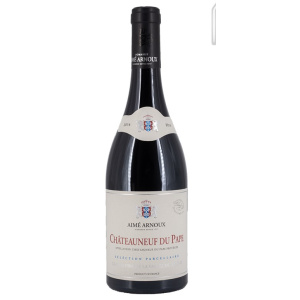
AOC Châteauneuf-du-Pape Domaine Aime Arnoux 2020 0.75L 15%
€35.95 Add to cart -
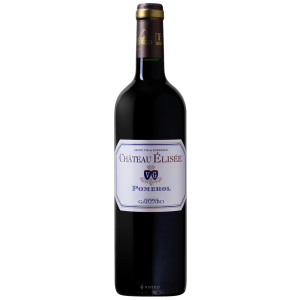
AOC Pomerol Château Elisée 2016 0.75L 12.5%
€34.95 Add to cart -
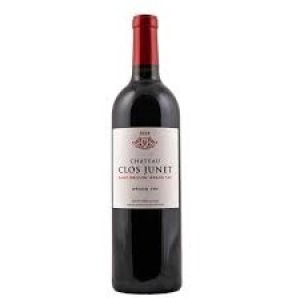
AOC Saint-Èmilion Grand Cru Clos Junet 2018 0.75l 14%
€23.95 Add to cart -
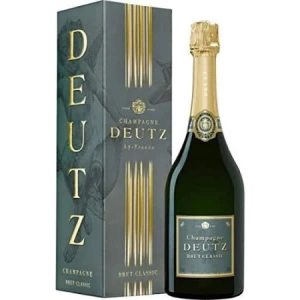
Champagne Deutz Brut Classic 0.75l 13%
€43.95 Add to cart -
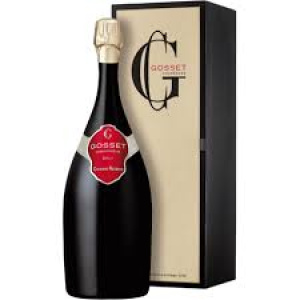
Champagne Gosset Brut Grande Reserve 0,75% 12%
€44.95 Add to cart -

Champagne Monthuys Brut Reserve 0,75l 12,5%
€25.95 Add to cart -

Champagne Piaff Blanc de Blanc Brut 0.75l 12%
€69.95 Add to cart -
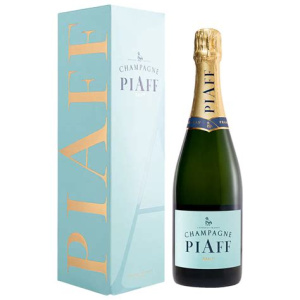
Champagne Piaff Brut 0,75l 12%
€43.95 Add to cart -
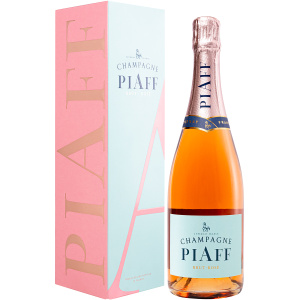
Champagne Piaff Brut Rosé 0.75l 12%
€49.95 Add to cart -
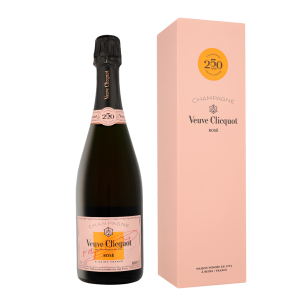
Champagne Veuve Clicquot Brut Rosé 0.75l 12.5%
€63.95 Add to cart -

Chateau Canet Rouge 2019 0.75l 13,5%
Read more -
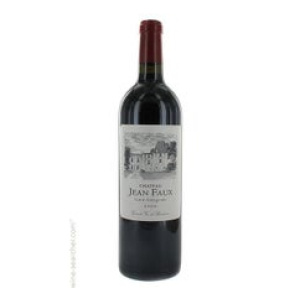
Château Jean Faux, Bordeaux Supérieur AOC
€19.95 Add to cart -
Sale!

Château L’Heyrisson, Frank’s Reserve, Bordeaux AOC
Original price was: €12.95.€9.95Current price is: €9.95. Add to cart -
Sale!

Château Latapie, Reserve, Bordeaux AOC
Original price was: €12.95.€9.95Current price is: €9.95. Add to cart -

Chateau Lyonnat Rouge 2015 0.75l 14%
Read more -

Domaine de Cassaigne rouge 2019 0,75L.14%
Read more -
Sale!

Henry de Blainville (H2B) Merlot Charentes
Original price was: €7.95.€5.95Current price is: €5.95. Add to cart -
Sale!
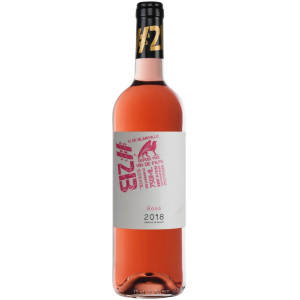
Henry de Blainville (H2B) Rosé Charentes
Original price was: €7.95.€5.95Current price is: €5.95. Add to cart -
Sale!
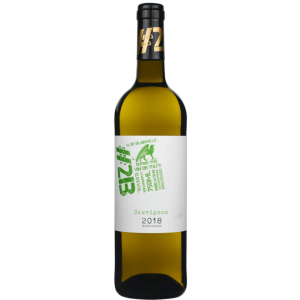
Henry de Blainville (H2B) Sauvignon Charentes
Original price was: €7.95.€5.95Current price is: €5.95. Add to cart -
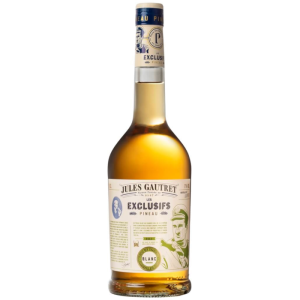
Jules Gautret Pineau Blanc
Read more -

Jules Gautret Pineau Blanc
Read more -

Jules Gautret Pineau Rouge
Read more -

Jules Gautret Pineau Vieux des Charentes
Read more -
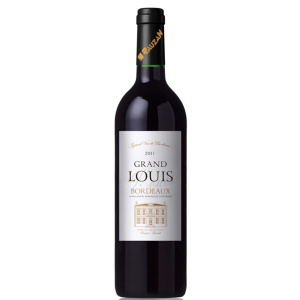
Le Grand Louis, Rouge, Bordeaux AOC
€9.95 Add to cart -

Les Vieilles Vignes rouge 20160,75L. 14,5%
Read more -
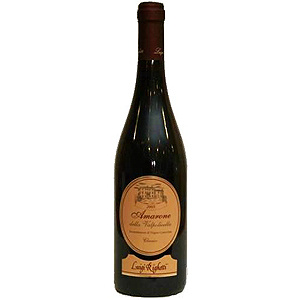
Luigi Righetti – Amarone della Valpolicella Classico 2015
€17.48 Read more -
Sale!

Luigi Righetti – Campo Tordi Corvina 2017
Original price was: €9.95.€8.95Current price is: €8.95. Add to cart -
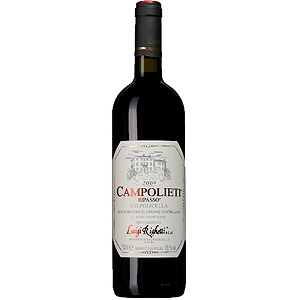
Luigi Righetti – Campolieti Valpolicella 2017
€11.95 Read more -
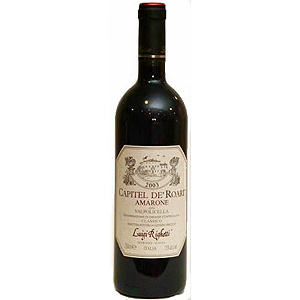
Luigi Righetti – Capitel de Roari Amarone 2015
€19.95 Read more -

Luigi Righetti – Sognum Cabernet Sauvignon 2017
€12.95 Add to cart -

Luigi Righetti – SOL Rosso Veneto
€14.95 Read more -
Sale!
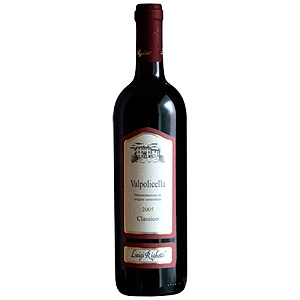
Luigi Righetti – Valpolicella Classico DOC 2018
Original price was: €10.95.€9.95Current price is: €9.95. Add to cart -

Luigi Righetti-Bianco di Custoza 2018
€6.21 Read more -
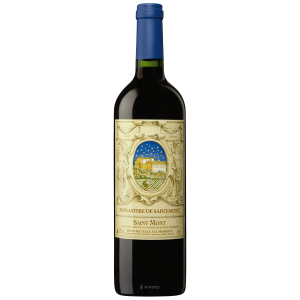
Monastère de St.-Mont rouge 2017 0,75l 14,5%
Read more -

Oro Italiano Governo all’uso toscano 2022 0.75L 14.0%
€13.50 Add to cart -
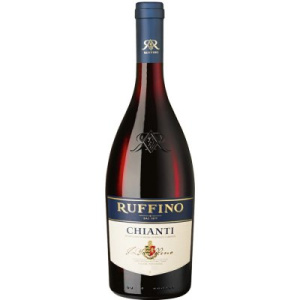
Ruffino Chianti DOCG
€9.95 Add to cart -
Sale!

Ruffino Chianti Organic, DOCG
Original price was: €11.95.€10.95Current price is: €10.95. Add to cart -
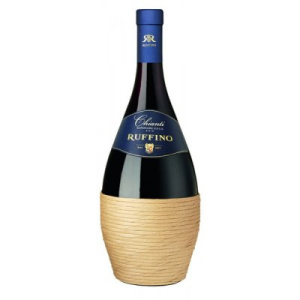
Ruffino Fiasco Chianti Superiore DOCG
€11.94 Read more -

Ruffino Greppone Mazzi, Brunello di Montalcino DOCG
€49.95 Read more -

Ruffino Lumina Pinot Grigio, Delle Venezie IGT
€9.95 Add to cart -
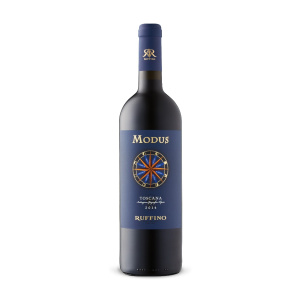
Ruffino Modus Toscana IGT 2016
€32.45 Read more -

Ruffino Orvieto Classico, DOCG
€9.95 Add to cart -

Ruffino Riserva Ducale Chianti Classico Riserva DOCG
€18.05 Read more -
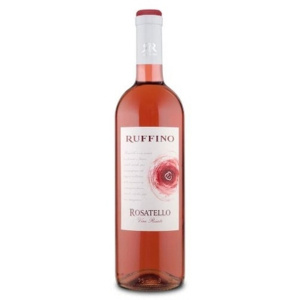
Ruffino Rosatello
€6.95 Add to cart -
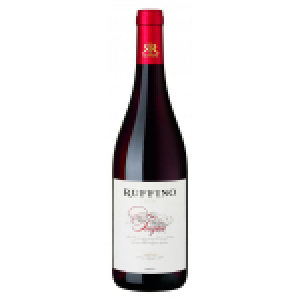
Ruffino Torgaio, Toscana IGT
€8.95 Add to cart -

Valpolicella Black Label Domaine Pasqua Vigneti 2021 0.75L 13.5%
€14.95 Add to cart


